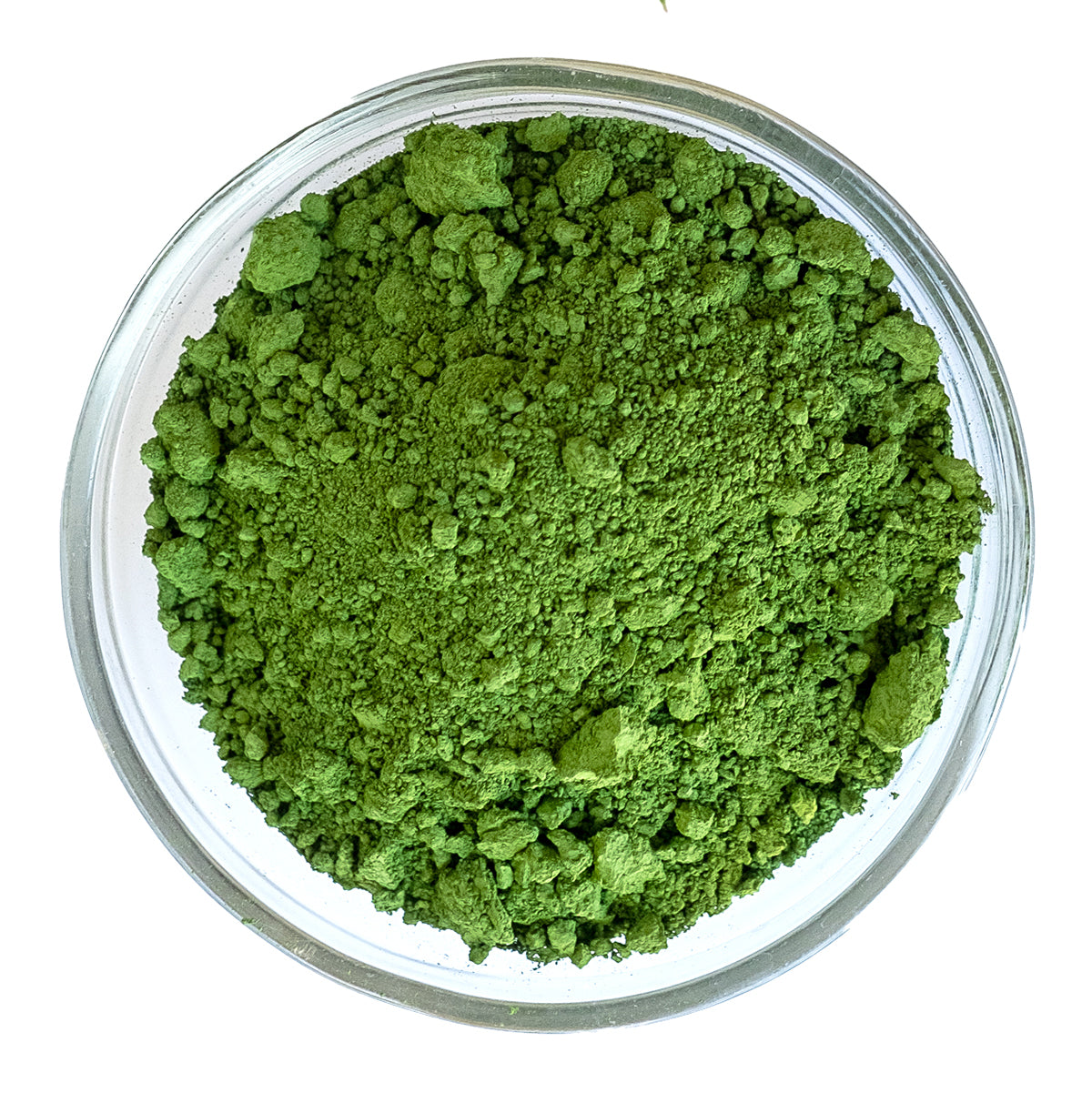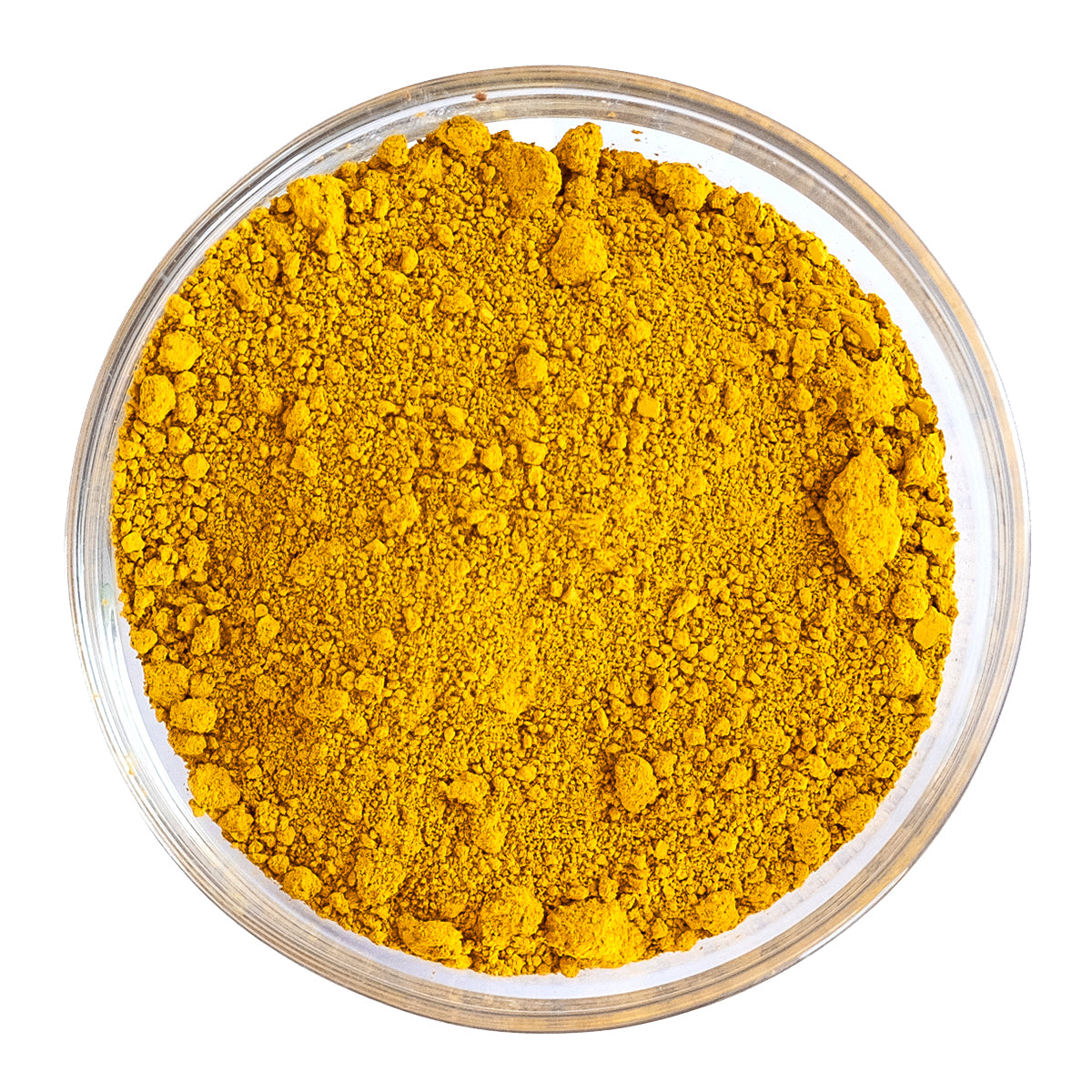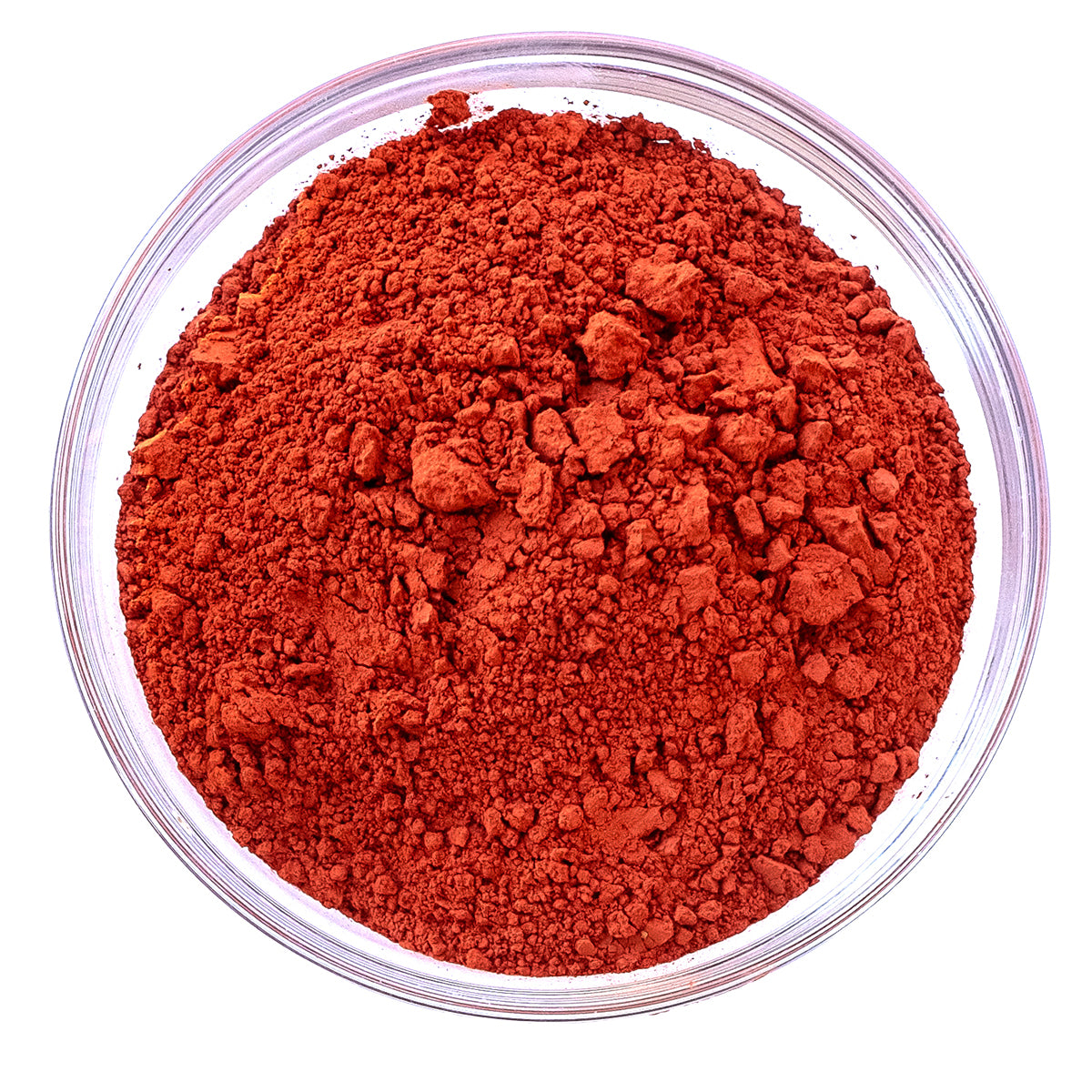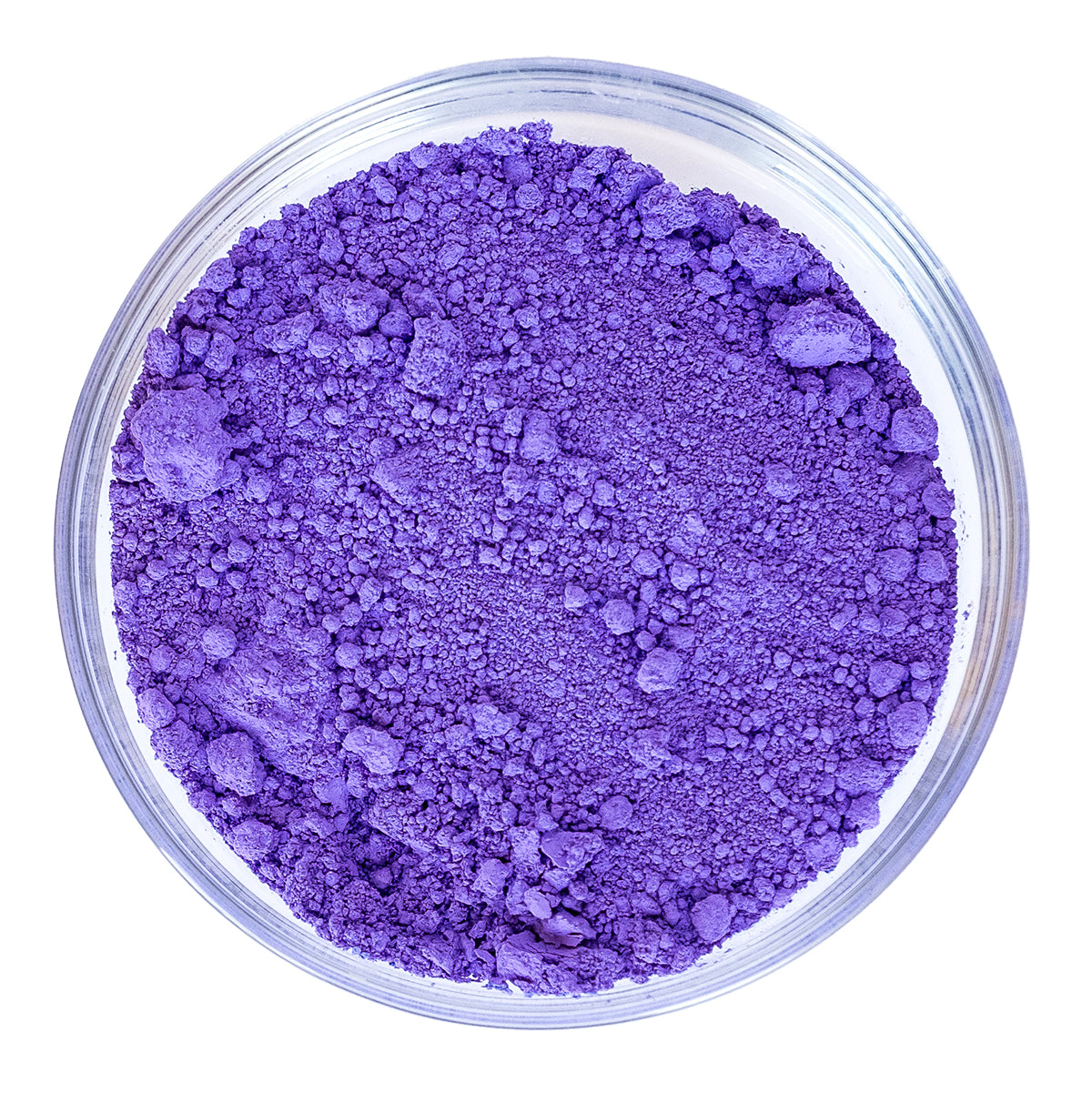I'm so glad that I ordered all four brushes! I love the faux mongoose bristles, they're so soft yet firm. I would love to see bigger brushes, a large flat and a larger filbert would be amazing. Great quality brushes.
I’ve worked in numerous mediums but have wanted to go back to acrylics for some finger painting of wildlife and flowers. (I used to get in trouble in college for doing it many years ago.) Needless to say I was very excited to see an ad for your paints! What timing! I’m working on 5-6 pieces for a show and I’m so pleased with your paints! Beautiful and rich, I’m having a blast with no worries of all the bad stuff! Great paint with Mother Earth and us in mind and women owned! What a blessing!
I’ve added a section of one piece, the original is 2’x3’.
These paints are lovely and were shipped in a timely manner with a lot of care. Thank you!
I was blown away by how rich the fluid paints are! Deeply pigmented, you can dilute with water and the colour is still vibrant. So smooth, paint like a dream.
I’ve been using Natural Earth Paints’ acrylik and fluid acrylik paint, and their acrylik medium for several months now. I’m very familiar with all the major brands of artist’s acrylic paint (Golden, Winsor & Newton, Liquitex, M. Graham, etc.) having used them for decades.
Natural Earth Paints’ acrylik paints and medium are vibrant, work easily, and honestly a pleasure to use! I highly recommend them for children, schools, hobbyists, and professional artists like myself!
I’m attaching a couple of recent paintings I’ve done with them here.
I’m in love with both the natural plant-created aspect of this product, and also the incredible color, rich pigment and its coverage as well. It’s a pleasure to work with, and easy to create new colors when blended. The shipping is not quite as fast as I would like, but worth waiting for and it is beautifully packed with precautions taken to keep it from extreme heat or cold. Very cool and most appreciated!

























